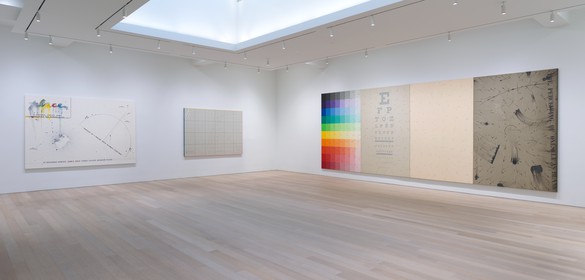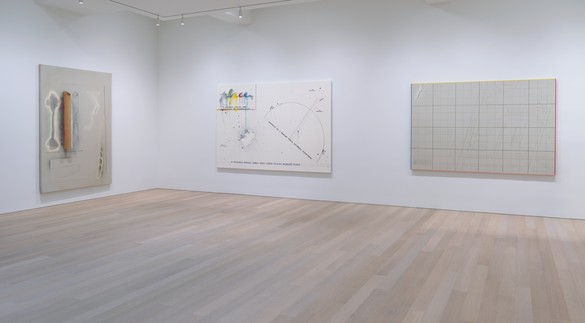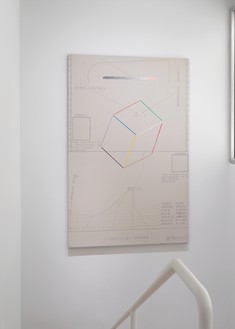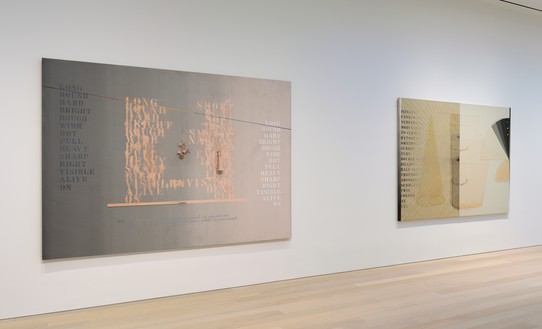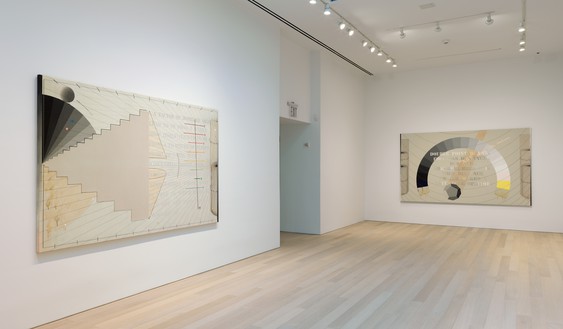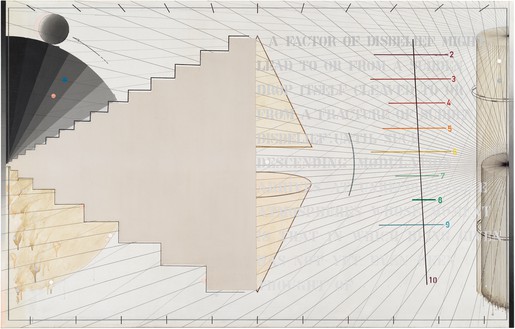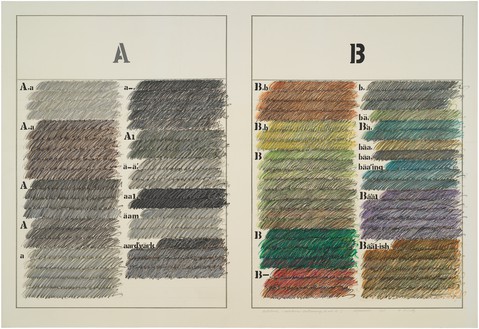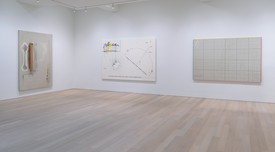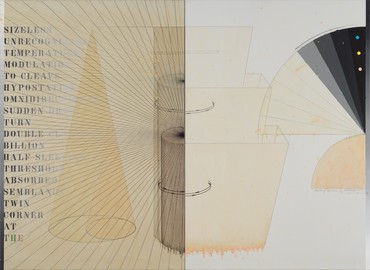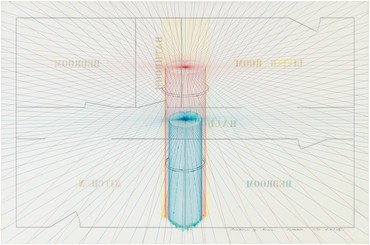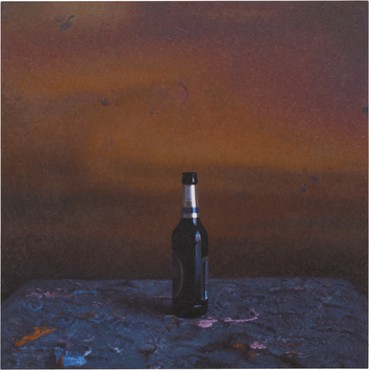About
What I want to paint is the condition that precedes the moment in which the imagination goes to work and produces mental representations.
—Arakawa
Gagosian is pleased to present Diagrams for the Imagination, an exhibition of works by Arakawa, made between 1965 and 1984.
Born in Japan in 1936, Arakawa was one of the founding members of the Japanese avant-garde collective Neo Dadaism Organizers, describing himself as an “eternal outsider” and an “abstractionist of the distant future.” In 1961, he moved from Tokyo to New York. By the mid-1960s, his work had taken a pivotal turn with the “diagram paintings,” which combine words with highly schematic images suggestive of blueprints. He began exhibiting at Dwan Gallery in Los Angeles and New York, and was included in the now legendary 1967 exhibition Language to be looked at and/ or things to be read. Over the decades that followed, Arakawa explored the workings of human consciousness, diagrammatic representation, and epistemology.
This exhibition examines the period during which Arakawa worked in two dimensions, using paint, ink, graphite, and assemblage on canvas and paper to demonstrate what critic Lawrence Alloway called “the logic of meaning, the texture of meaning.” From the mid-1960s onward, Arakawa began to augment the simple topography of his diagrams with additional referents, sometimes engaging other sensory faculty or using prompts and instructions to make the viewing of painting into an active endeavor. In A Couple (1966–67), the bird’s-eye view of a bedroom is mapped out: bed, table, pillow, head, foot, lamp. The image shows only the places where the corresponding physical elements would be, had “a couple” been literally depicted. In this way, the painting becomes a catalyst for the viewer to independently construct an image of a couple in the mind’s eye, rather than receive its depiction directly from the painting.
#Arakawa

Losing Nothing: Arakawa and Madeline Gins
Mary Ann Caws reflects on the centrality of perception and imagination in Arakawa’s art, from his early diagrammatic paintings to his later architectural investigations with Madeline Gins.
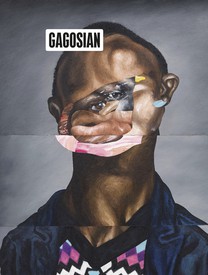
Now available
Gagosian Quarterly Fall 2019
The Fall 2019 issue of Gagosian Quarterly is now available, featuring a detail from Sinking (2019) by Nathaniel Mary Quinn on its cover.
Arakawa: Diagrams for the Imagination
The exhibition Arakawa: Diagrams for the Imagination receives a closer look by Gagosian director Ealan Wingate. In this video, he discusses the artist’s arrival in New York and examines the importance of maps and language in Arakawa’s work.
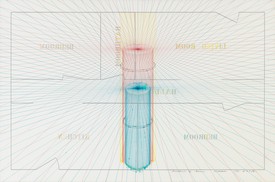
Rediscovering Arakawa
The influential work of the Japanese-born artist Arakawa—who forged prescient and crucial links between Dadaism, abstract art, Minimalism, conceptual art, Pop art, and more—explored by David Colman.
News

Tour
Arakawa
Diagrams for the Imagination
Saturday, April 6, 2019, 2pm
Gagosian, 980 Madison Avenue, New York
Stephen Hepworth will lead a tour of the exhibition Arakawa: Diagrams for the Imagination at Gagosian, 980 Madison Avenue, New York. This show examines the works Arakawa made in the two decades following his 1961 arrival in New York, a period during which he worked in two dimensions, using paint, ink, graphite, and assemblage on canvas and paper. To attend the free event, RSVP to nytours@gagosian.com.
Arakawa, And/Or in Profile No. 2, 1974 © Estate of Madeline Gins. Reproduced with permission of the Estate of Madeline Gins
